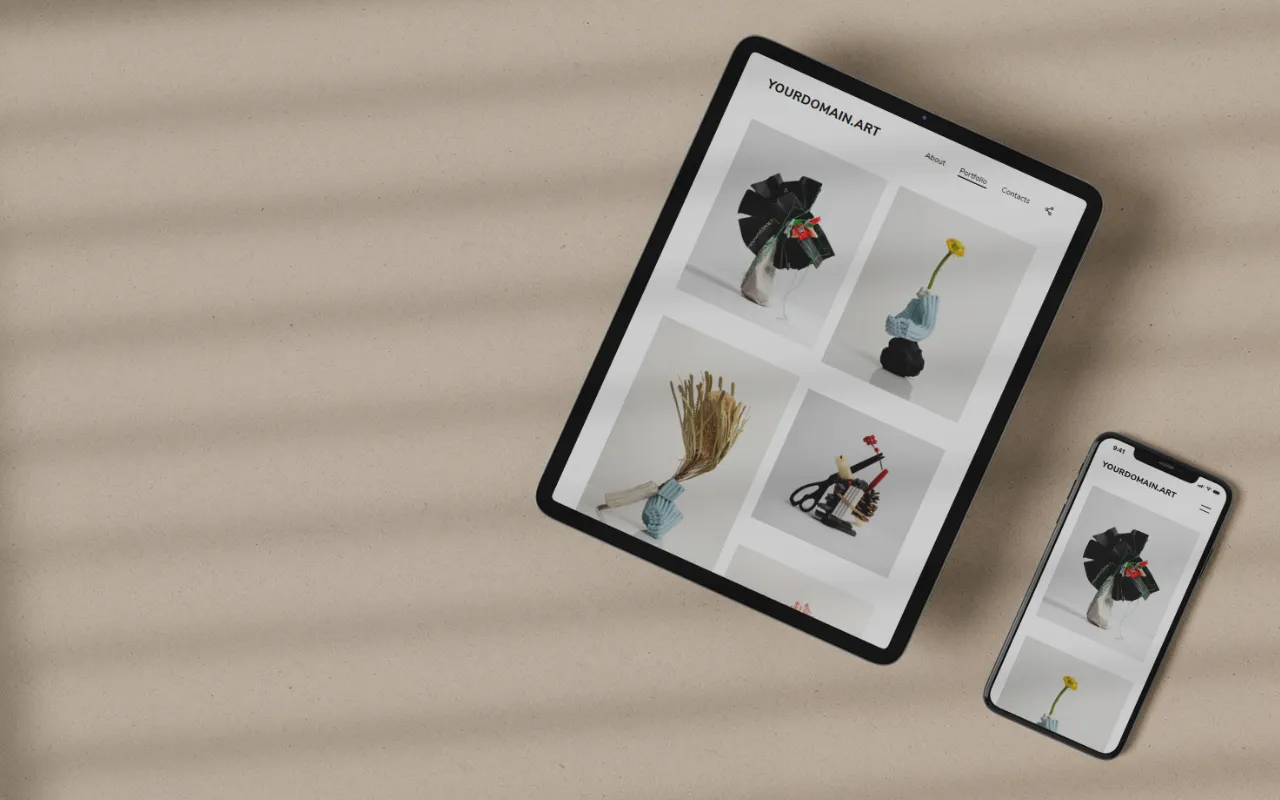TikTok and Maurizio Cattelan’s banana are twin brothers
The Founder of .art Domains Ulvi Kasimov looks into .ART Digital Twin as a tech solution to conceptual disputes.


Walmart and Oracle teamed up in an attempt to buy TikTok, Microsoft dropped out of the fight. What is TikTok? Why are such titans of business fighting for it? Audience? Not quite, you can find a lot of other companies with no smaller, and maybe even larger audiences, for example, banks and insurance companies. But neither Walmart nor Oracle need them.
What do they really need? Algorithms. Magic algorithms of client analysis that Tiktok showcases. Programs and algorithms are the sign of our civilization. From this angle, we can consider the army of lawyers in the United States as programmers who understand social programming of laws, and the entire class of financiers who create financial products, as socio-financial algorithms. The cultural industry wasn’t left behind either. Duchamp’s bold experiments are the forerunner of conceptual art, which today is illustrated by a 14-page program – the concept of a banana taped to a wall in the Guggenheim center.
All contemporary art is ultimately reduced to a concept, instruction, program, or algorithm for creating any piece of art.
Does this have a next step? Certainly. In Schwab’s “Fourth industrial revolution”, it is said that any object will have its own full-fledged digital counterpart, a prototype where you can view, check, and draw various scenarios of its behavior and life activity. In case of conceptual art, this will work in a similar way. The concept is quickly visualized in the digital space of 3D, VR, AR, etc., and only then it is decided whether a physical representation of the object is needed or digital is enough. This is the future that our Digital Twin project is dedicated to.
I will tell you more about it in another article, but for now I will return to contemporary art. Damien Hirst’s works are examples of its increasing conceptualization , and now we can talk about putting art in an algorithm or formula. His landmark work, a shark in a formalin aquarium has the following formula: “The Physical Impossibility of Death in the Mind of Someone Living.” Without this formula, an animal submerged in formalin is just that. In the book “The Profitable Artist: A Handbook for All Artists in the Performing, Literary, and Visual Arts” published by the NY Foundation for the arts, it is explicitly stated: “…mission statements and vision statements are sometimes combined, they have distinct roles.” That is, even if you are not a conceptual artist, you still have to program at least yourself for what you are doing in the concept, the idea of your creativity. Make a statement. There is no way without it.
The next big step in the conceptualization of art done by Banksy. His works are self-extracting programs. In the movie “Exit through the gift shop”, he already says:”…video [for street art] is necessary, because a lot of what I do disappears the next day…”. This is also due to the fact that the main modern trends/”algorithms” are constantly accelerating changes in trends, tastes, images accompanying them and it’s all over. Hence the immediate question: how does one fix all this quickly? Again, the Internet comes to the rescue. What has accelerated our lives enormously should now help us solve our problems. That’s why I began this story with .art and the domain name system in general. Ride the technological wave that covers the world of art, create the same “technological floating vehicle” that can absorb all the new things that technological waves carry and adapt it to the good for art.
The entire Internet is built on the foundation of the domain ecosystem. Now it has a great place for the further development of art in the contemporary world.
Learn more about .art Digital Twin here







